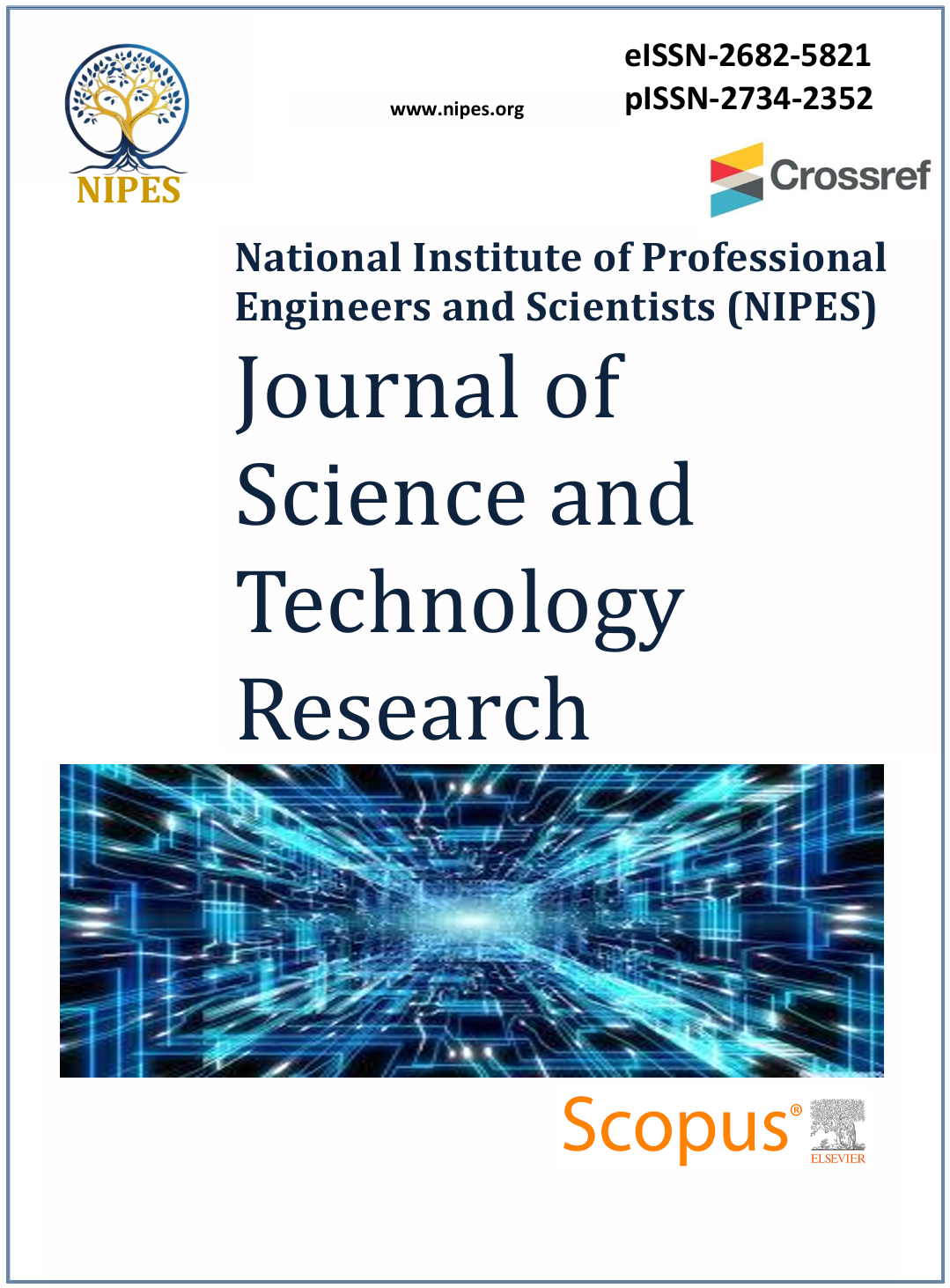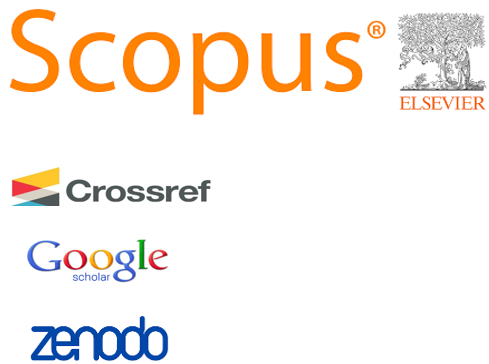Enhanced Scorch Occurrence Prediction in Foam Production via a Fusion SMOTE-Tomek Balanced Deep Learning Scheme
DOI:
https://doi.org/10.37933/nipes/7.2.2025.25Abstract
Scorch is a common occurrence in the production of flexible polyurethane with significant negative impacts on its resilience, compactness, and integrity. With the increased likelihood of the scorch menace on foam production – conventional remedies have become of great concern due to the increased emission of these chemical constituents against an eco-friendly environment, and the consequent rise in operational costs to provide such remedies. Tackling scorch occurrence requires skilled professionals to efficiently navigate the flexible proportioning of chemical additives, which can also be achieved via the utilization of a cost-effective machine learning scheme that also provisions early warning to predict the occurrence of scorch prior the physical processing via the thermodynamic profile of polyurethane foam. Previous works observe the impact of an imbalanced dataset. Our study investigates the impact of the data balancing scheme and feature selection via the utilization of a SMOTE-Tomek-based chi-squared fused BiLSTM model for a scorch dataset, recorded during the production of the polyurethane foam. The result shows the BiLSTM outperformed benchmark models yielding an Accuracy of 0.9895, F1 of 0.9892, Precision of 0.9817, Recall of 0.9901, AUC of 0.98, and a smooth, monotonic decrease without fluctuations in model loss respectively. Thus, implies that the proposed BiLSTM accurately handles the minority class without the instability due to the vanishing gradients problem. In addition, its benchmark models (i.e. Decision Tree, Logistic Regression, Random Forest, and XGBoost) yield F1 of [0.8145, 0.9105, 0.9210, and 0.9125] with Accuracy of [0.8032, 0.9105, 0.9228, and 0.9574] respectively. Results show the proposed BiLSTM accurately predicts 2-distinct cases of non(occurrence) of scorch. The model demonstrates its capability to effectively predict the occurrence of scorch.






